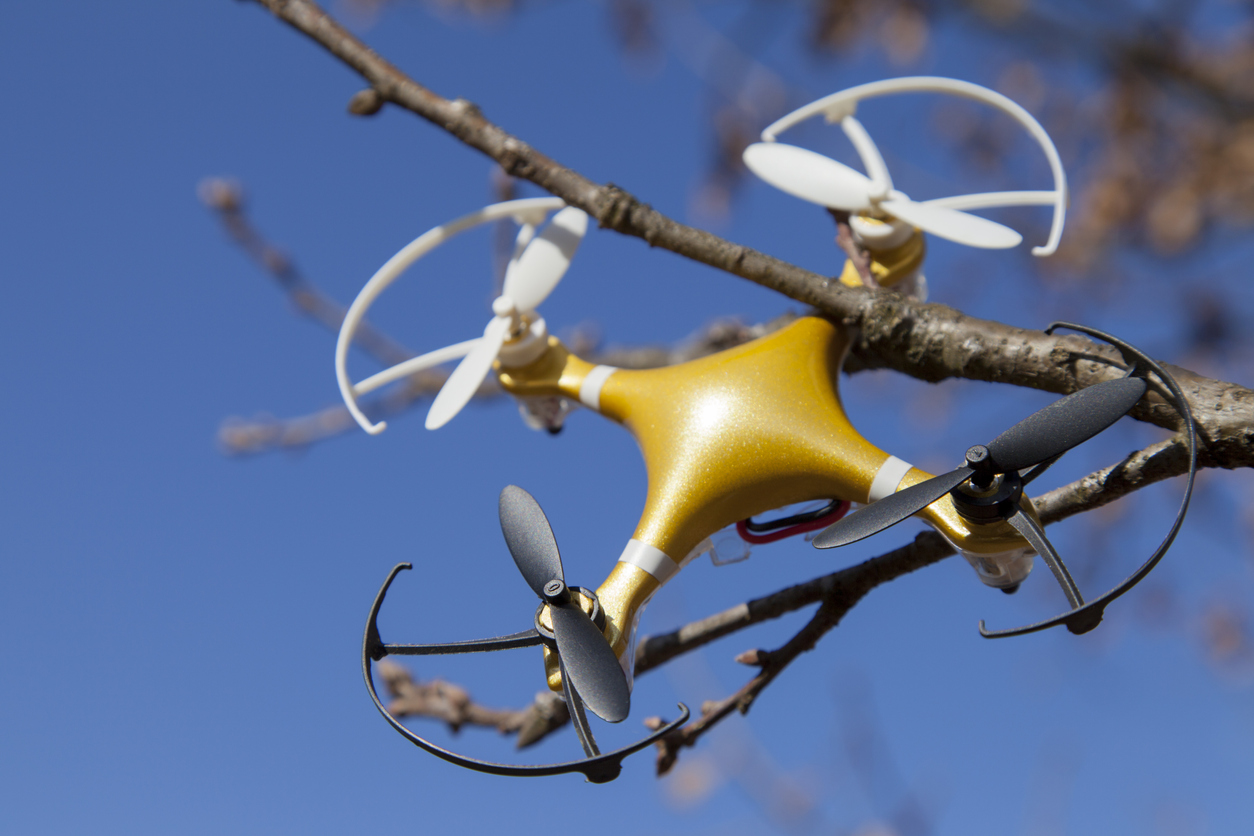It was in February of 2014 that Jeff Bezos announced on 60 minutes that Amazon was developing the technology to support a residential drone delivery solution. Fast forward to 2021, and Amazon is still testing residential delivery via drones, while UPS’s focus is on the business delivery. FedEx is also in the game, but to a lesser extent via a partnership with Wing Aviation.
Drone Delivery Solutions Have Been Slow to Develop
Why aren’t drones used in mainstream logistics and fulfillment? There have been numerous barriers to successfully developing residential drone delivery solutions, with commercial deliveries being easier to implement.
- Drone technology continues to evolve, and the service providers will be able to take advantage of superior, new technology if they wait for the technology to further develop before they go to market.
- The commercial and residential deliveries are two very different opportunities and require different solutions.
- Government regulation continues to slowly advance in support of commercial drone delivery.
Five Specific Factors Affecting Drone Delivery Adoption
Disparate Technologies: No single technology or platform has emerged as dominant, so the various participants are focusing on different technologies and solutions. This is not about refining existing, universally accepted platforms and tech. This is about designing and implementing new technology, which is an arduous process, especially with very few professionals in the space with any kind of serious experience. Moreover, tech advancements have not been able to adequately address the problem of short flight duration, resulting in a limited range for drones.
Residential Delivery Challenges: The consensus has been that rural home delivery should be a natural fit. However, with limited range capability, rural drone deliveries would need to be launched and received from mobile dispatch platforms, close to the address, which means the rural residential delivery is only partially displaced.
Releasing a drone-dropped parcel in immediate proximity to a designated spot, and close to a designated home access point (porch or front door), is also still a challenge.
Furthermore, multi-unit residential complexes and towers would not be suitable for drone delivery.
Business Delivery Opportunites: Drone delivery will simply not work in dense urban environments for obvious reasons. However, hospital and campus-like developments that can designate landing pads should work very well to accommodate drone delivery. This is exactly the focus of UPS’ Flight Forward initiative, which should be successful as health care service providers will likely pay handsomely for immediate delivery of life-sustaining medications and products.
Inclement Weather: Wind, rain, snow, and delivery in ultra-cold temperatures will limit drone delivery operations.
Incongruous Regulations: While slow to develop, we are seeing regulatory changes that support drone delivery. Line-of-sight rule requirements are being relaxed in test markets and must be eliminated, for drone delivery to develop beyond the testing stage.
Very recently, the FAA’s Part 135 certification was a critically important development in support of drone delivery and includes the following relaxed rules:
- Out of the operator’s line of sight (with appropriate approvals)
- Over people
- With cargo weighing more than 55 pounds
- At night
UPS has already been certified via part 135 for their Flight Forward service, but local municipal ordinances could still restrict drone operations.

If not now, when?
The slow development of drone delivery has further confirmed that designing and implementing new and complex technology takes a long time. However, the question begs: how long is too long?
About the author
Contributing editor Dean Maciuba is Managing Partner of Last Mile Experts, an e-commerce last mile CEP consultancy. He advises clients on e-commerce, last mile, and courier express & parcel matters in the US and Canada.


